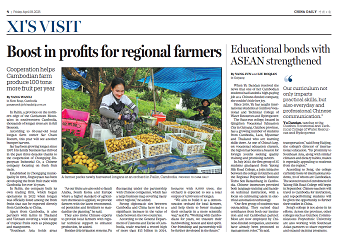Zunyi still rocks as red tourism turning hot
City pulls in almost $100b over four years from tours that pay homage to the revolution
Zunyi, a city located in Southwest China's Guizhou province, is a historical site with links to an important meeting that led to the birth of the People's Republic of China in 1949. No wonder it is growing to be a hot tourism destination as the Red Army-related remembrance tours that take travelers down memory lane have been gaining popularity.
Zunyi is where the Red Army, a forerunner of the People's Liberation Army and one of the key revolutionary forces under the command of the Communist Party of China, recuperated and turned setbacks to victories during the Long March (1934-36).
Now, the city is a tourist destination famous for its revolution-related sites and has seen over 630.5 million visits between 2016 and October 2020, gaining a revenue of about 641.67 billion yuan ($99.79 billion).
Major progress has been achieved during the 13th Five-Year Plan period (2016-20). The city now has more than 5,000 rural tourism agents and over 3,500 rural restaurants, employing around 160,000 people. The local development of the Red Army-related culture and tourism industries has lifted an average of 8,000 residents out of poverty annually.
Home to the Zunyi Conference Memorial Museum, the downtown area of Zunyi is a major attraction among tourists. The historical site is where the CPC began one of its most important meetings on Jan 15, 1935, when Mao Zedong, New China's founding father, was elected leader.
Today, tourists can relive the Long March days of the Red Army through photographs, historical objects, documents, and renovated offices and rooms displayed at the historical site.
"We visited many historical sites in Zunyi, including the Zunyi Conference Memorial Museum-a highly popular 'red tourism' spot-out of respect to the deceased. Without them we could not live such a good life. We also brought our grandchildren in the hopes of passing down cultural heritage of the Red Army to younger generations," said Meng Jiao, a tourist from Chongqing.
Zhang Ruining, a 13-year-old student, volunteered to work as a tour guide at the museum for four consecutive years. "I thought it was a good opportunity to learn about history and share stories with others, so I volunteered. My family was also very supportive," she said.
Zhang said among the number of tourists, a majority are elders, especially those having retired. However, in recent years, Zhang observed there are also an increasing number of younger tourists who visit the site.
To date, the Zunyi Conference Memorial Museum has seen nearly 90 million visits from across the world since 1970.
Loushanguan Resort is also one of the most famous memorial sites in Zunyi. In the first quarter, the resort saw 57,900 visits and generated over 1.78 million yuan in tourism-related revenue.
"We renovated the Loushanguan exhibition hall in 2016, which is located close to the historical site and helps tourists to get a better picture of history through multiform presentations. We also brought to life the two wars the Red Army fought in the Loushanguan area through plays and delicately designed sets," said Xu Zheng, director of Loushanguan's administrative office.
Xu said about 50 villagers have seen their incomes increase by engaging in performances, and the 73-year-old Yang Siyu is one of them.
"I visited memorial sites of heroes in Zunyi, who fought against enemies and sacrificed their lives during the revolution in the 1930s. Their spirit of perseverance has inspired me in multiple ways, with one being trying hard to make my life better and more meaningful," he said.
Yang now works as an actor in Red Army-related plays at a local memorial site. "Working as an actor in the Red Army plays allowed me to know more about the stories of the soldiers. Whenever I thought of how they managed to survive and protect the lives of others under extreme hardship, the difficulties in my life seemed trivial and I gained more confidence in overcoming them," Yang said.
He added that working as an actor also brought him about 3,000 yuan ($461.7) monthly in extra income.
Xishui county is another historical site popular among tourists. The county was the main battlefield where the four Chishui River crossings took place. Back in 1935, the Red Army crossed the Chishui River four times and escaped the encirclement of Kuomintang troops.
The county re-built the four Chishui River crossings memorial site in 2006 in Tucheng ancient town resort, which was the major tourism spot in the county. Tucheng also developed a cluster of museums covering an area of 15,000 square meters that integrate red culture with folk art, the Qinggangpo battle memorial site, a tourist center, and another series of facilities to showcase historical and cultural heritage.
Since 2015, Tucheng ancient town resort has received an accumulated investment of about 5 billion yuan for over 40 Red Army-related culture and tourism projects.
Lintan, a village in Xishui county, was where the second and fourth Chishui River crossings took place. The village is now home to many offspring of Red Army soldiers. Song Guangping is one of them.
The 72-year-old Song has a daily habit: taking care of the grapefruit groves that his father, Song Jiatong, planted near the family's old house.
Song Jiatong joined the Red Army in 1932 in Jiangxi, and also took part in the Long March. In 1935, Song Jiatong was injured during the four Chishui River crossings, and was saved and cared for by a villager. Song Jiatong soon married, had a family, and set up a Party branch in Lintan.
In the 1980s, Song Jiatong brought grapefruit samples from his hometown in Jiangxi to Lintan, and taught farmers in Lintan how to plant and harvest, hoping to boost their incomes. Today, most of the families in Lintan have planted grapefruit with per mu (0.07 hectare) output reaching over 10,000 yuan.
Brown sugar, another product that played an important role in helping Red Army soldiers in Lintan in the era of scarcity, also saw rapid development. About 400 families planted 1,000 mu of sugarcane in the village, which supports a brown sugar factory and six family-run brown sugar production facilities. Today, annual output of brown sugar exceeds 450 metric tons, attracting consumers from across the country who double up as tourists.
All rights Reserved. 京ICP备13028878号-8







 Overview
Overview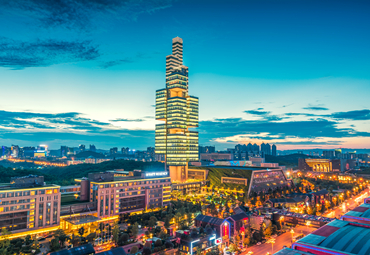 Guiyang
Guiyang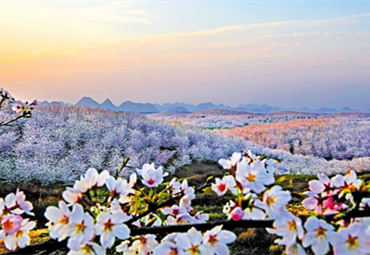 Guian New Area
Guian New Area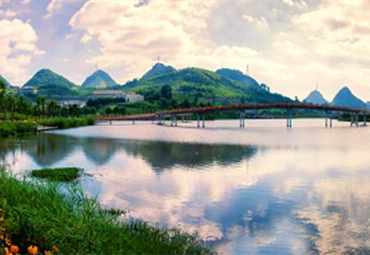 Liupanshui
Liupanshui Anshun
Anshun Qianxinan
Qianxinan Qiandongnan
Qiandongnan Qiannan
Qiannan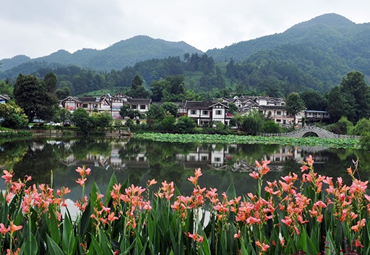 Zunyi
Zunyi Tongren
Tongren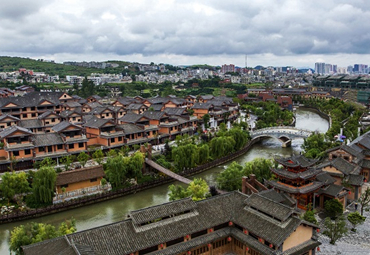 Bijie
Bijie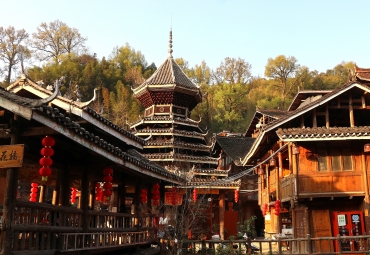 Guizhou commits to culture preservation and rural vitalization
Guizhou commits to culture preservation and rural vitalization Guizhou voice at 2025 national two sessions
Guizhou voice at 2025 national two sessions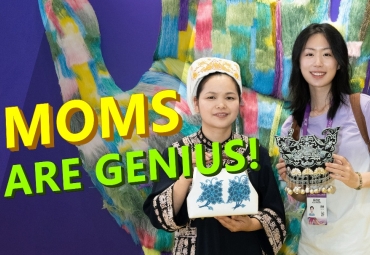 Meet the 'genius moms' at Shenzhen cultural fair
Meet the 'genius moms' at Shenzhen cultural fair 
